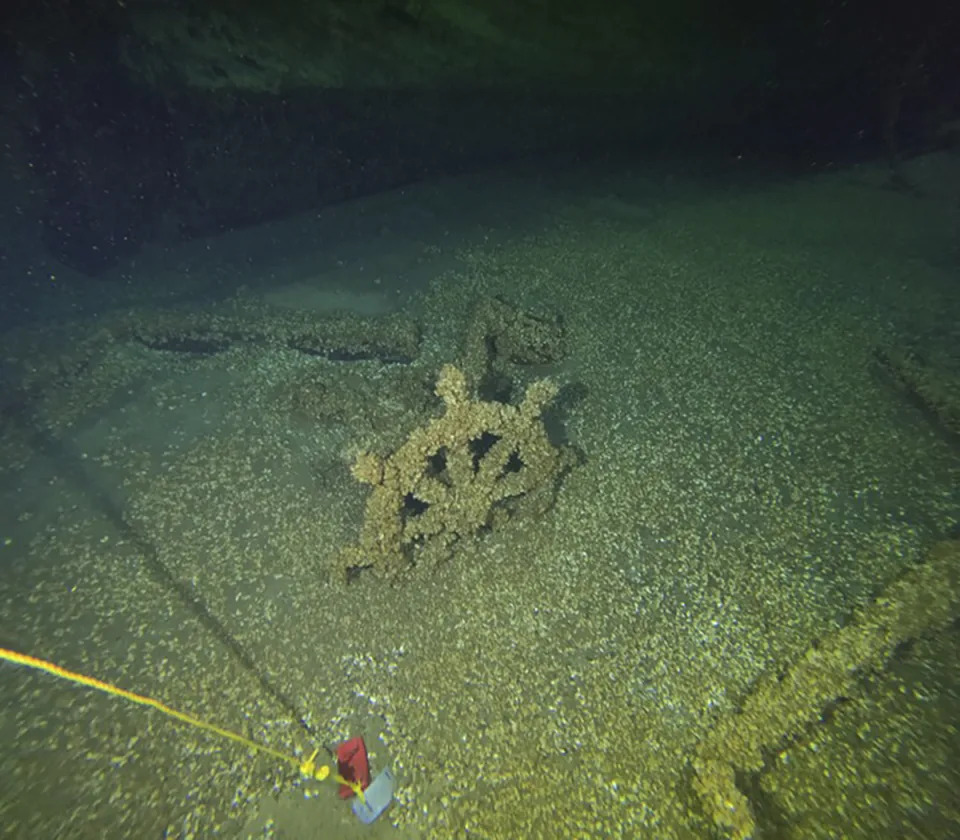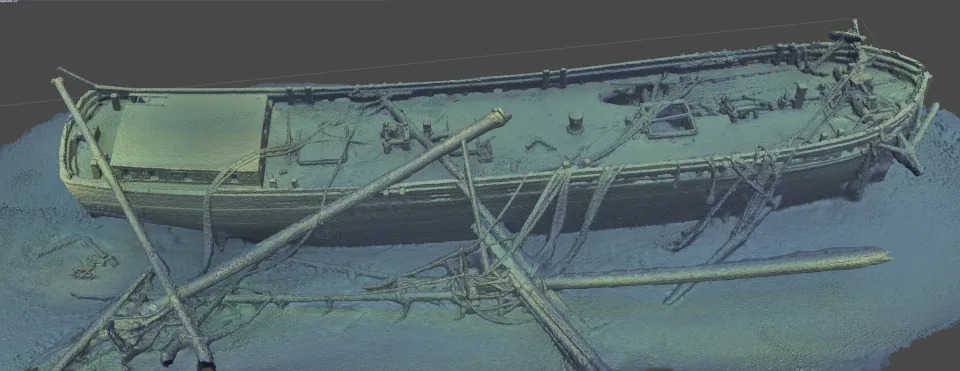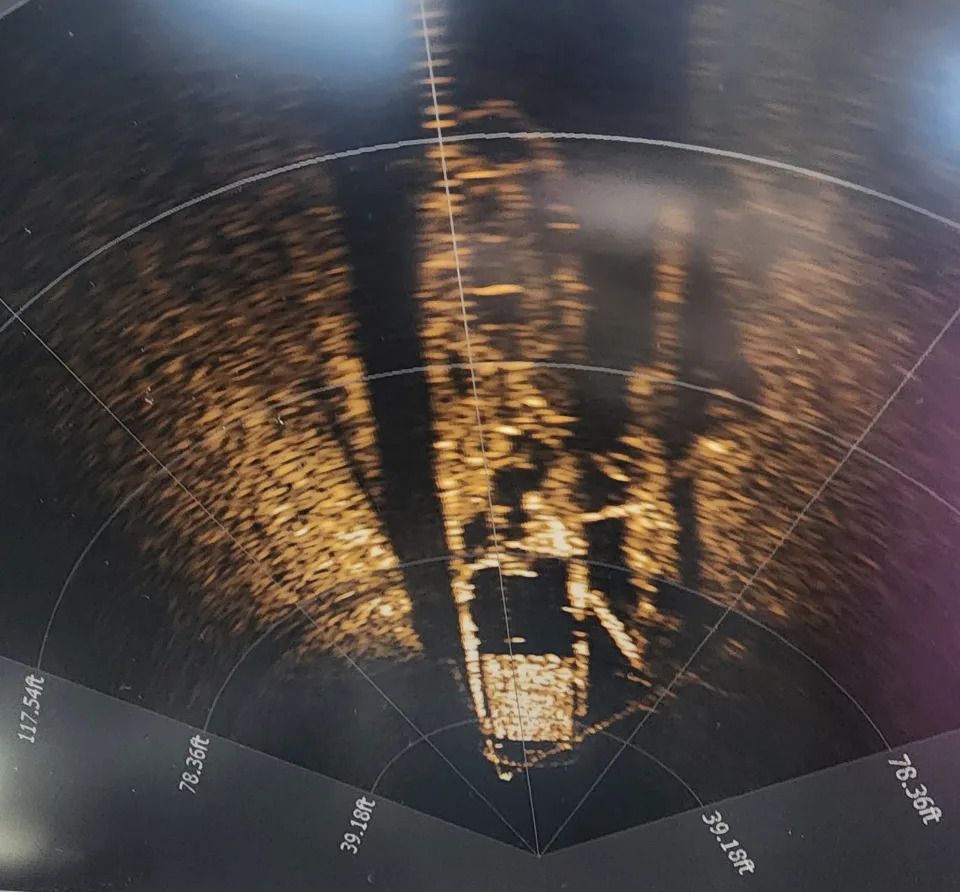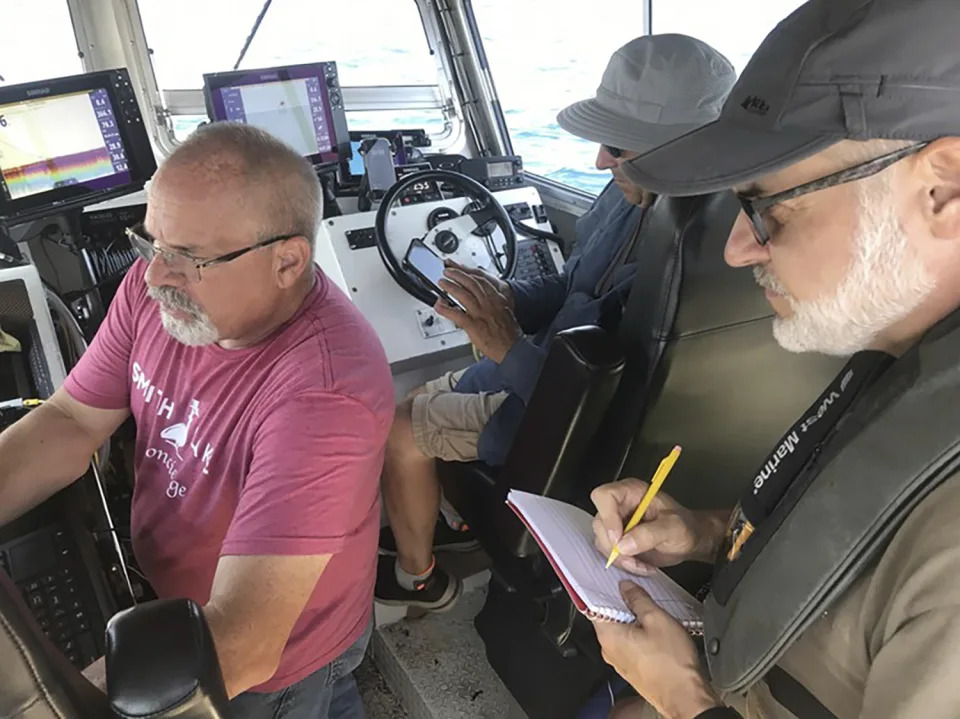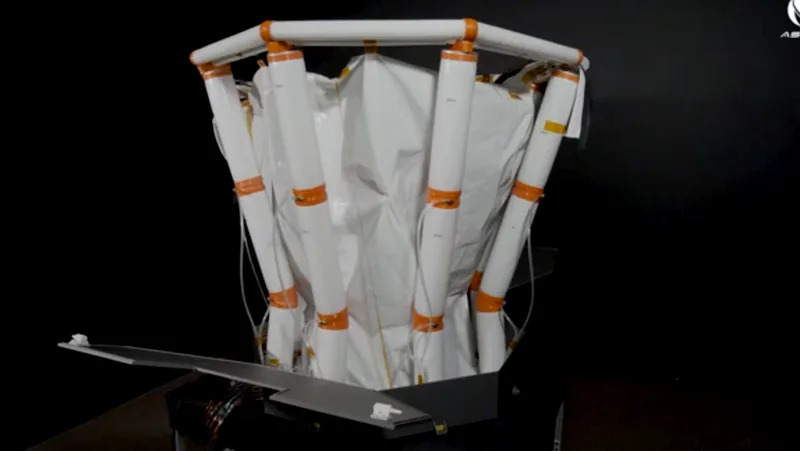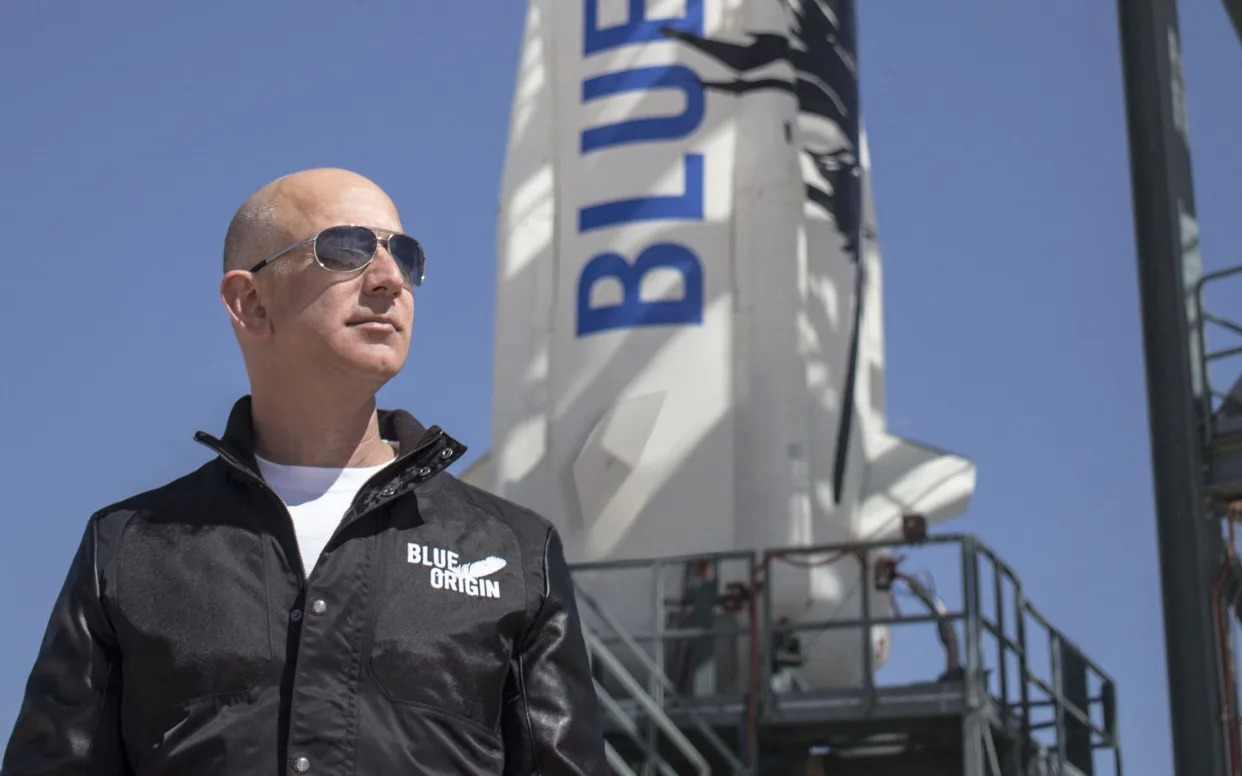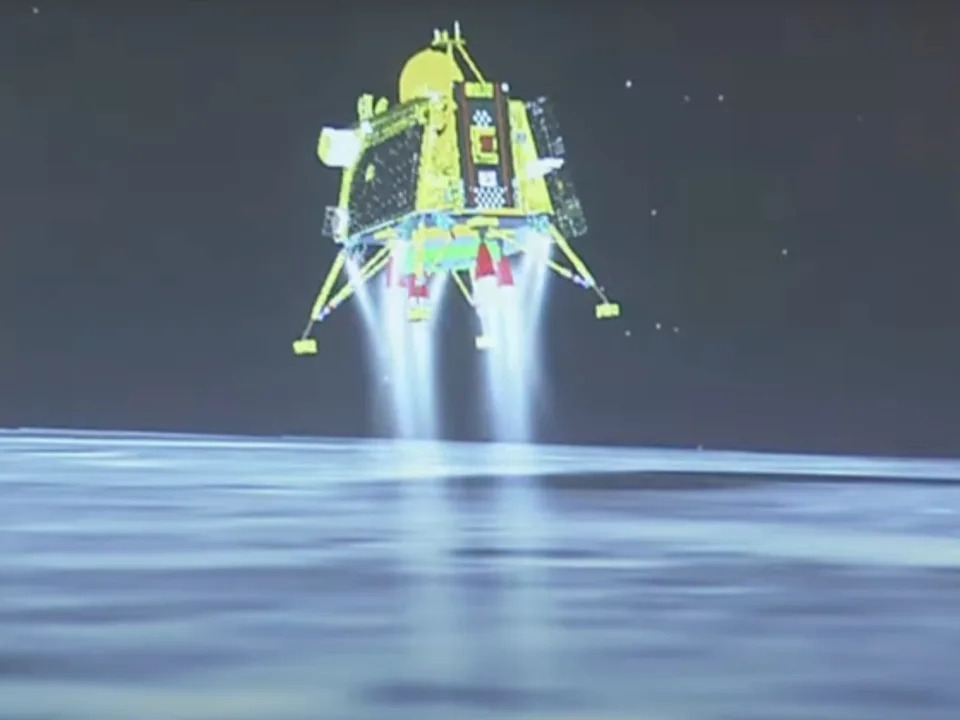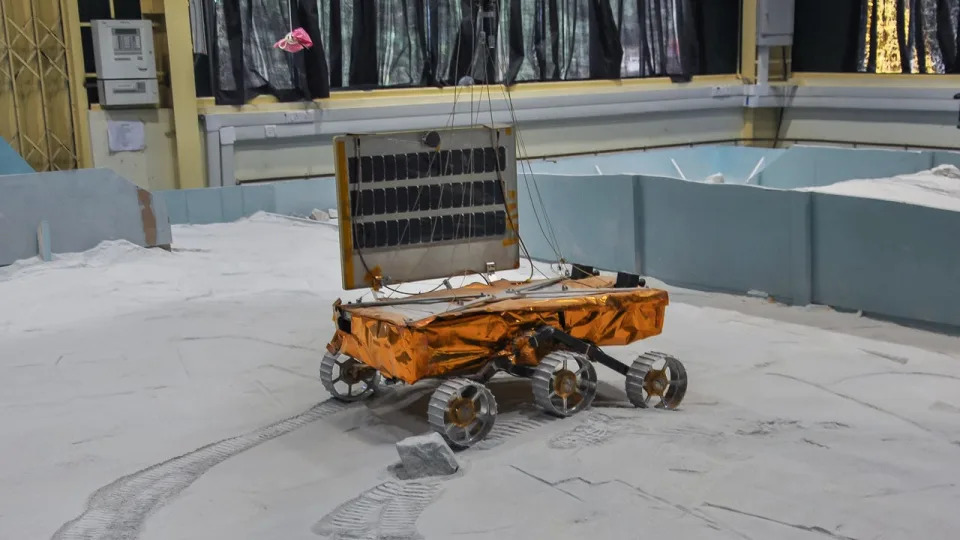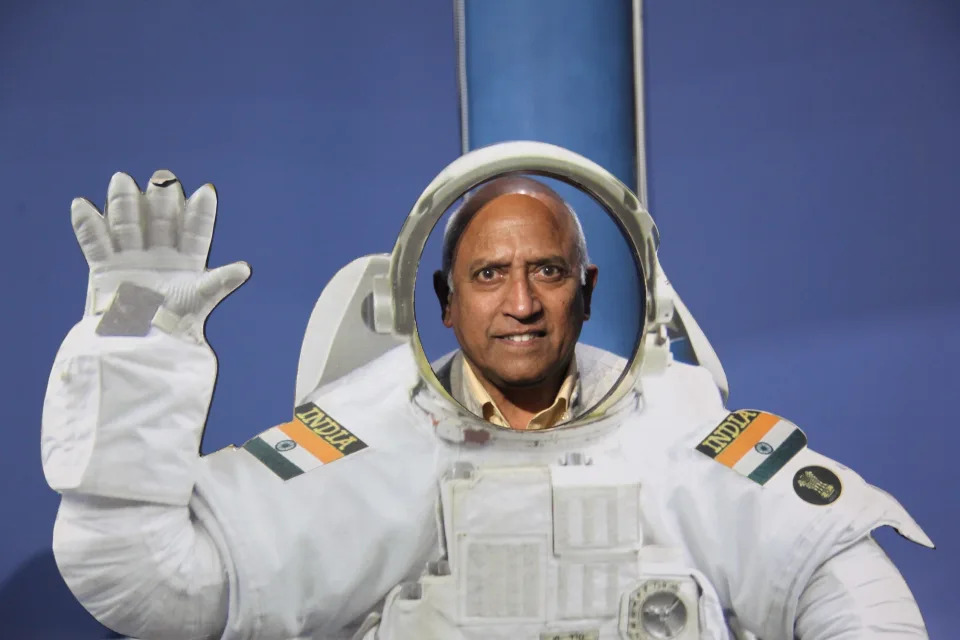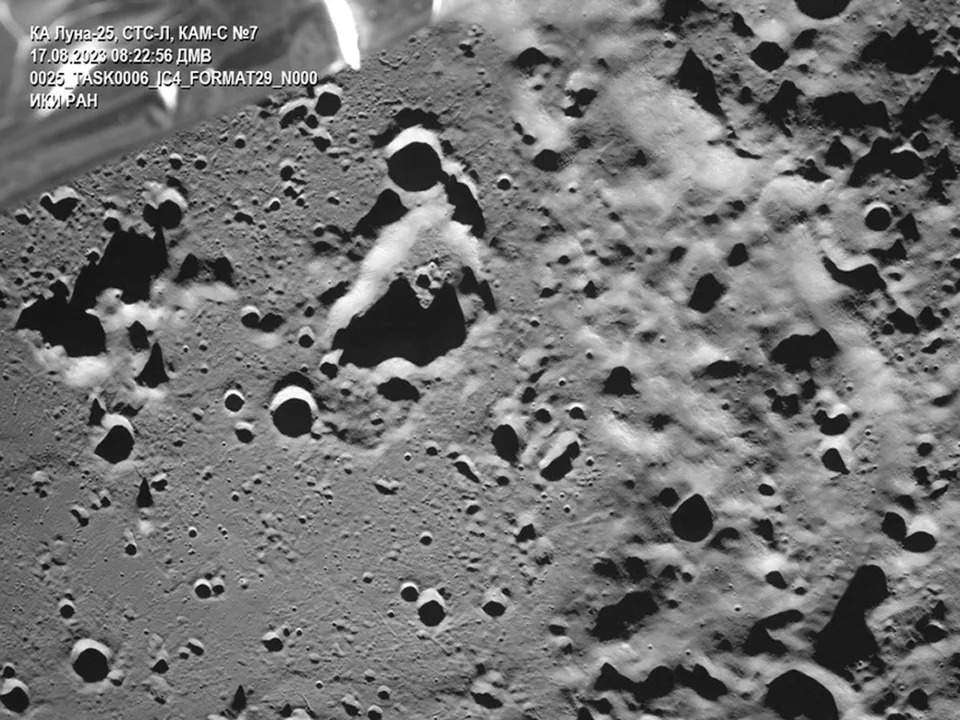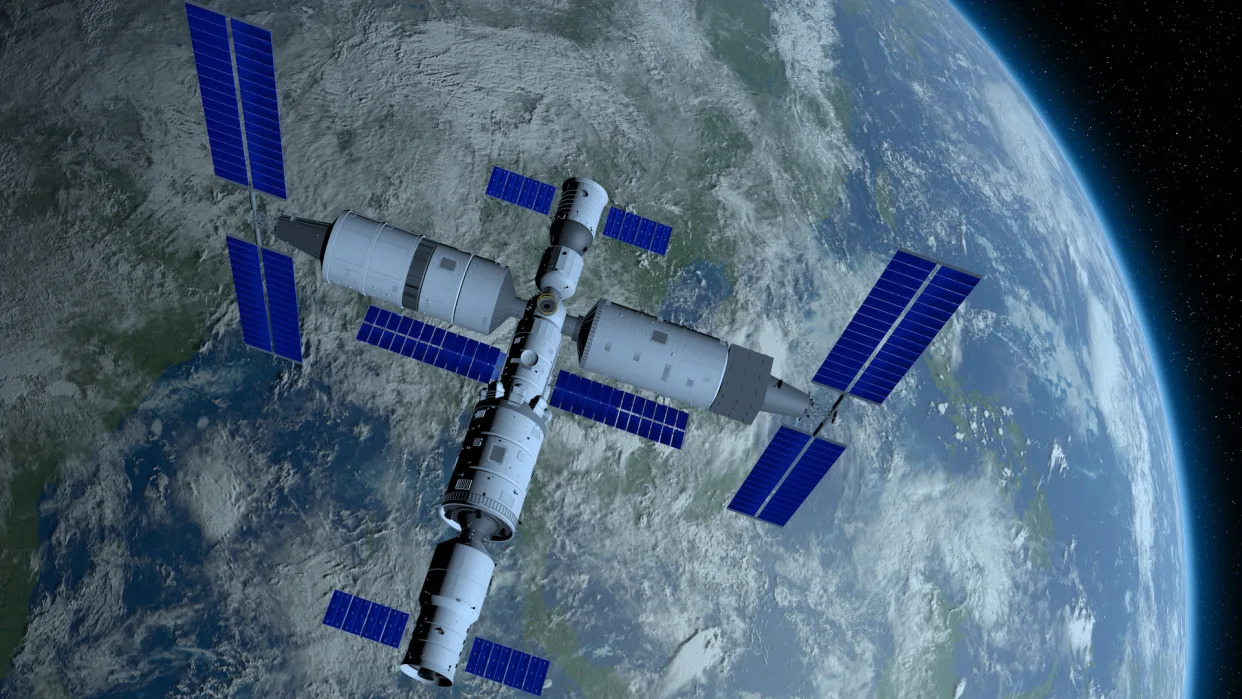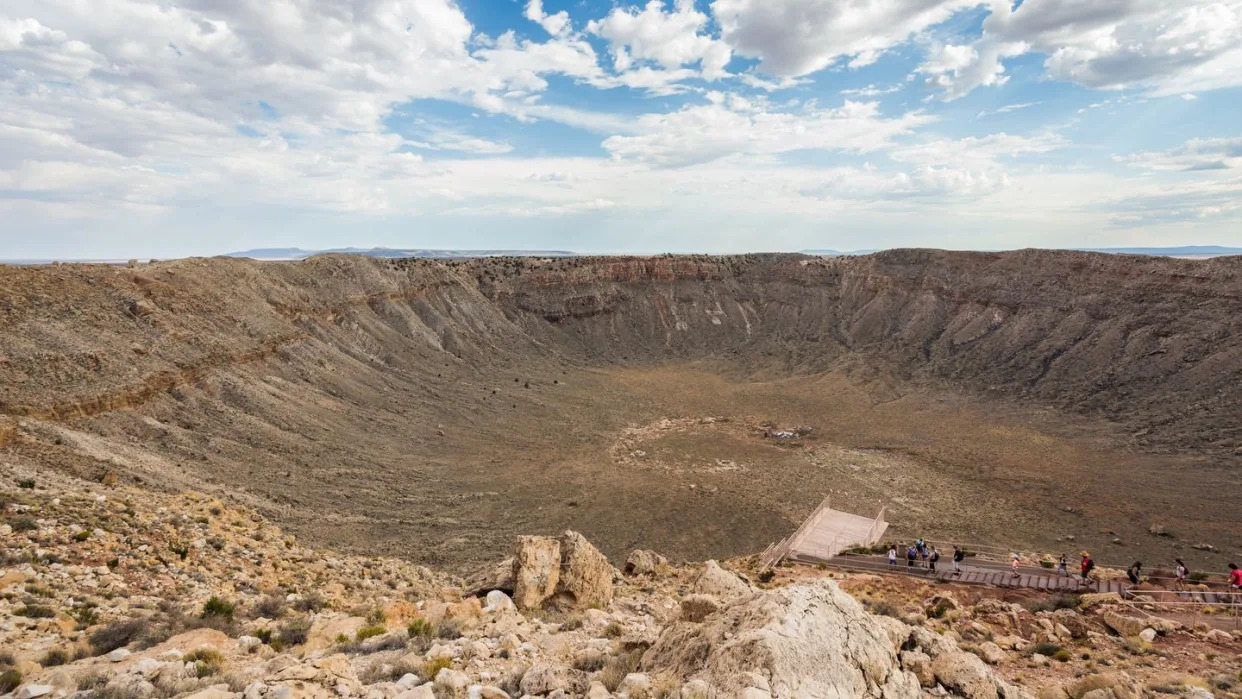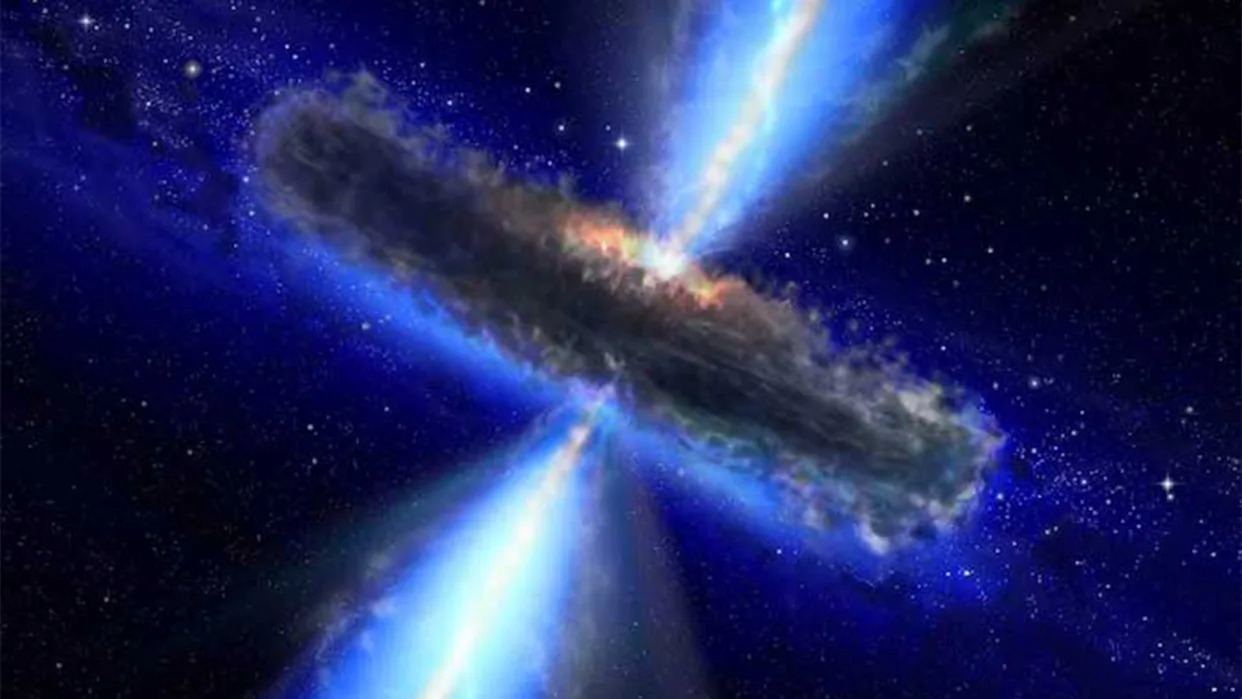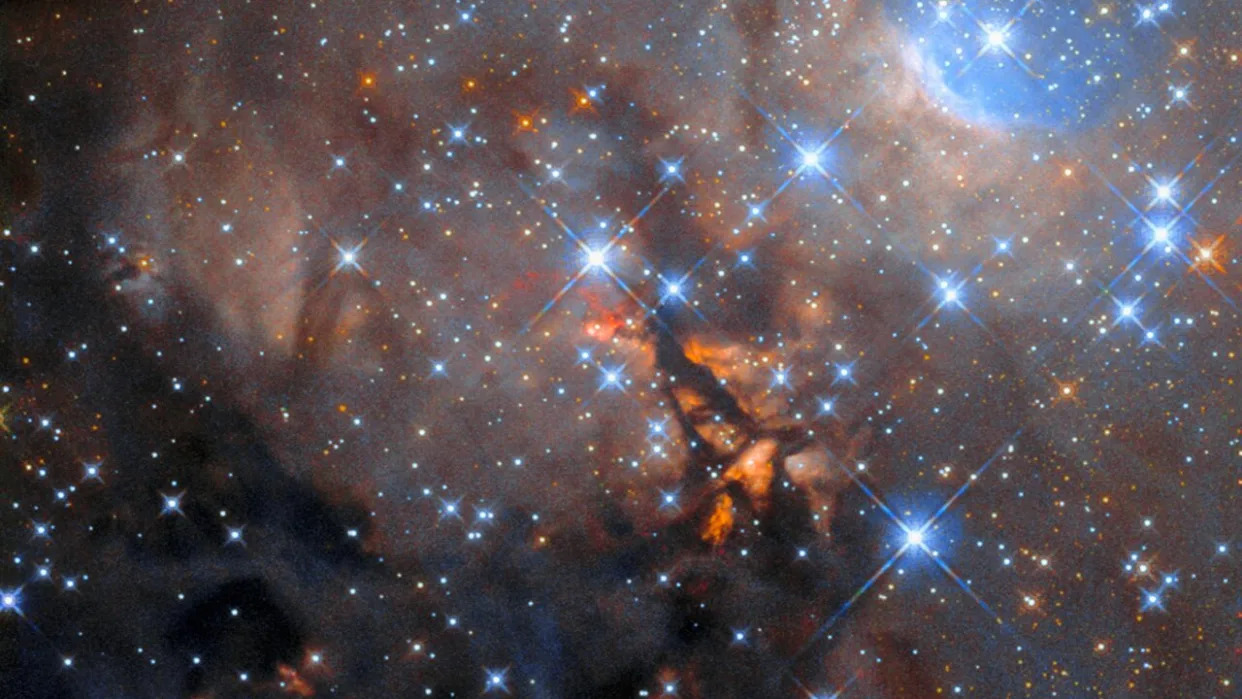Hyunsu Yim
Thu, August 31, 2023

FILE PHOTO: Protest against Japan's discharge of treated radioactive water from the wrecked Fukushima nuclear power plant into the Pacific Ocean
By Hyunsu Yim
SEOUL (Reuters) - A majority of South Koreans are worried about Japan's discharge of treated radioactive water from the Fukushima nuclear plant into the sea despite efforts by their government to allay fears, a poll published on Friday showed.
Japan says the water from the wrecked nuclear power plant is safe and it began releasing it into the Pacific on Aug. 24 despite objections at home and abroad, particularly from China, Japan's biggest trade partner, which banned Japanese seafood.
The South Korean government, however, has said it sees no scientific problem with the water release, though stressing it does not approve of it, and banning the import of seafood from waters off Fukushima, north of Tokyo.
President Yoon Suk Yeol has led a campaign to ease public concern and encourage consumption of seafood. On Thursday, he visited a major fisheries market to shop and have lunch.
Despite such efforts, South Korean environmental groups and many members of the public are alarmed and Yoon's disapproval rating has risen to the highest in months, a Gallup Korea poll of 1,002 people showed.
More than seven in 10 respondents said they were concerned about the impact on seafood and 60% said they were reluctant to eat seafood, according to Gallup Korea.
"Half of those who identify as conservative and supportive of the government ... also expressed concern," Gallup Korea said.
Yoon's disapproval ratings rose to 59%, up two percentage points from a week ago, to a 16-week high.
Yoon has pledged 80 billion won ($60.6 million) this year to promote seafood consumption and has vowed to tackle what he called "fake news" about the release.
The government has also launched a voucher programme offering up to 20,000 won ($15) to shoppers who buy seafood.
The Fukushima nuclear plant was wrecked by a tsunami triggered by an offshore earthquake in 2011.
($1 = 1,321.1500 won)
(Reporting by Hyunsu Yim; Editing by Jack Kim, Robert Birsel)


